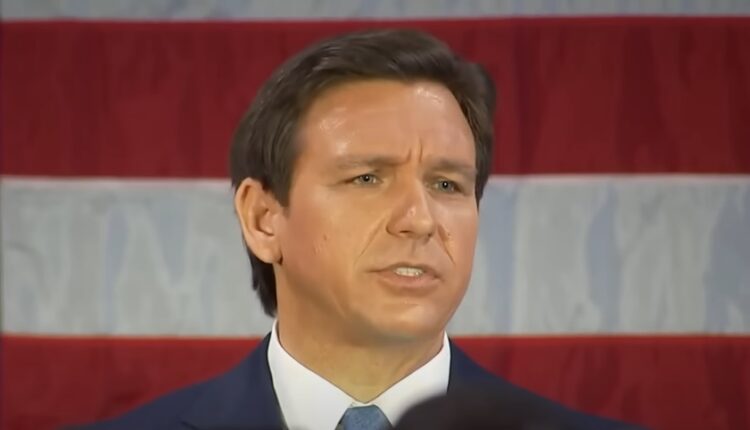
Ron DeSantis Doubles Down On Condemnation Of Central Bank Digital Currencies (CBDC)
Nearly three weeks after Ron DeSantis announced that he wants lawmakers to enact legislation that outlaws the use of central bank digital currencies (CBDC), the Florida Governor and potential presidential candidate is at it again. This time, he came after the Federal Reserve’s FedNow Service, which some analysts believe is the backbone, or payment facilitator, for an eventual CBDC.
The basis for Ron DeSantis’ objection appears to be procedural, as FedNow is being developed without the official sanction of Congress. He called the Federal Reserve’s development of FedNow “not merely ideal”, and that “major changes in policy receive specific authorization from Congress” and is constitutional required.
Although the Federal Reserve has certain powers to influence the money supply and create new forms of money, the creation of new forms of money generally requires the approval of Congress.
Under the Coinage Clause (Article I, Section 8, Clause 5) grants Congress the power to coin money and regulate its value. This means that any significant changes to the way money is created, such as the introduction of new forms of currency, would likely require legislative approval.
Additionally, the Federal Reserve Act of 1913 gave Congress oversight of the Federal Reserve System and established it as an independent entity subject to congressional oversight. This stipulation was specifically implemented in the Act to establish economic stability in the U.S. by introducing a central bank to oversee monetary policy.
Therefore, any major decisions related to the money supply or the operations of the Federal Reserve are explicitly stated to require approval or oversight from Congress.
The Federal Reserve Insists FedNow Is Not A CBDC
In the tweet thread that Ron DeSantis condemned, the Federal Reserve went out of its way to explicit explain that FedNow is not a CBDC. It said the service is “neither a form of currency nor a step toward eliminating any form of payment, including cash. The FedNow Service is an instant payments service provided by the Federal Reserve, launching in July 2023.”
Furthermore, the Federal Reserve insisted that it “has made no decision on issuing a central bank digital currency (CBDC) & would not do so without clear support from Congress and executive branch, ideally in the form of a specific authorizing law.” Therefore, it is explicitly stated that the Fed will indeed seek congressional approval before forging ahead with any new form of digital money.
Whether the institution or Congress can be trusted to preserve the integrity of the monetary system is an entirely different question.
The Secret Beginnings Of The Federal Reserve
Recall that the Federal Reserve itself was established by an act of Congress called the Federal Reserve Act, which was signed into law by President Woodrow Wilson on December 23, 1913. However, the process leading up to the passage of the act was marked by a certain level of secrecy.
The Federal Reserve Act was developed by a group of bankers and politicians who met in secret at a resort on Jekyll Island, off the coast of Georgia, in November 1910. The group included bankers such as J.P. Morgan, Paul Warburg, and Frank Vanderlip, as well as Senator Nelson Aldrich, who was the chairman of the National Monetary Commission.
The purpose of the meeting was to develop a plan for a central bank that could stabilize the country’s banking system and provide a more flexible and responsive monetary policy. However, the participants recognized that the idea of a central bank was controversial and likely to face opposition from both the public and Congress.
To avoid arousing suspicion, the participants agreed to meet in secret and to use false names when communicating with each other. They also agreed to avoid any public discussion of their plan until it was ready to be presented to Congress.
After several years of lobbying and political maneuvering, the Federal Reserve Act was finally passed by Congress in 1913. While the act was debated and discussed in public hearings, it is well understood that many aspects of the plan had already been agreed upon by the group that met on Jekyll Island.
Almost 110 years later, the privately-held central bank, which is neither elected nor accountable to Congress, is the major driving force behind the U.S. monetary system today. That includes influencing the money supply, setting of interest rates and the supervision and regulation of banking institutions.
Will a new digital monetary paradigm be next in due course?




